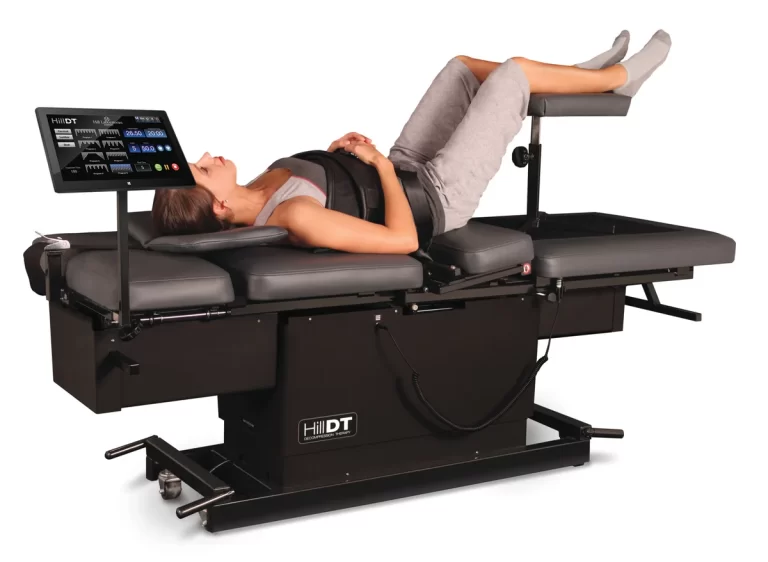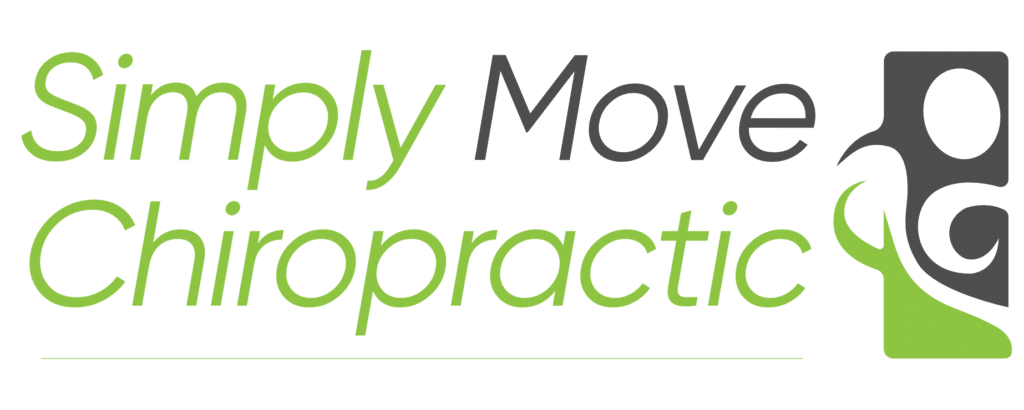Discovering the Benefits of Lumbar Traction Therapy
Many people in Charlotte, NC, suffer from discomfort due to various conditions affecting the lumbar spine. As a chiropractor, I often see patients seeking relief from persistent low back pain, and one of the effective methods I use is lumbar traction. In this post, I’ll share what lumbar traction is, why it’s beneficial for certain spinal disorders, and what you can expect during a typical visit to my office.
What is Lumbar Traction?
Lumbar traction is a form of spinal decompression designed to alleviate pain and improve mobility by stretching the lower back. The primary goal is to create space between the vertebrae in the lumbar region, which can help relieve pressure on the spinal discs and nerves. By gently pulling the spine, traction can reduce compression and allow for better blood flow and healing.

Why Use Traction for Low Back Pain?
Lumbar traction can be a highly effective treatment for a variety of reasons. When the vertebrae are compressed, it can lead to conditions such as herniated discs, degenerative disc disease, and sciatica. Traction works by separating the vertebrae, which helps to:
Reduce Pain:
By relieving pressure on the nerves and spinal discs, traction can significantly reduce pain in the lower back.
Improve Mobility:
Stretching the spine can help restore movement and flexibility, making everyday activities easier and less painful.
Facilitate Healing:
With reduced pressure, the spine can heal more effectively. Better blood circulation also means more nutrients are delivered to the affected area, promoting recovery.
Avoid Surgery:
For some patients, traction can be an alternative to invasive procedures, helping to manage pain and improve function without the need for surgery.
Disorders of the Lumbar Spine That Might Require Traction
There are several lumbar spine disorders where traction can be particularly beneficial:
Herniated Discs:
When a disc in the spine ruptures or slips out of place, it can press on the surrounding nerves, causing pain and discomfort. Traction helps by pulling the vertebrae apart, which can reduce pressure on the affected disc.
Degenerative Disc Disease (Osteoarthritis):
Over time, the discs in the spine can wear down, leading to pain and inflammation. Traction can help alleviate symptoms by providing gentle, consistent pressure to stretch the spine and relieve discomfort.
Sciatica & Radiculopathy:
This condition is characterized by pain radiating down the leg, often caused by pressure on the sciatic nerve. Lumbar traction can reduce the compression on the nerve, providing relief from pain and improving function.
Spinal Stenosis:
This condition involves the narrowing of the spinal canal, which can put pressure on the nerves. Traction can help to open up the space within the spine, relieving pain and improving mobility.
How Does a Traction Table Work?
When you come to my office for lumbar traction, you’ll lie down on a traction table specifically designed to stretch and decompress the spine. The table uses a harness that fits around your hips and is attached to a pulley system. This system allows me to apply controlled, consistent pressure to stretch your lower back.
The amount of force and the duration of the stretch are carefully controlled, tailored to your specific needs and condition. The goal is to provide enough stretch to relieve pain and improve function without causing discomfort.
What to Expect During a Typical Visit
When you visit my office for lumbar traction, the process is straightforward and comfortable. Here’s what you can expect:
Initial Assessment:
I’ll start by assessing your condition, discussing your symptoms, and determining if lumbar traction is the right treatment for you. We’ll review your medical history and perform any necessary physical examinations.
Traction Session:
If traction is deemed suitable, you’ll be positioned on the traction table. I’ll ensure that you’re comfortable and that the harness is fitted properly. The traction will then be applied, starting with a gentle pull that gradually increases.
Monitoring and Adjustment:
Throughout the session, I’ll monitor your response to the traction and make any necessary adjustments. Your comfort and safety are my top priority.
Post-Traction Care:
After the session, I’ll discuss how you’re feeling and provide any additional recommendations, such as stretches, exercises, or lifestyle changes to support your recovery.
Conclusion
Lumbar traction is a safe and effective treatment for many people suffering from low back pain. If you’re in Charlotte, NC, and looking for relief from conditions like herniated discs, sciatica, or degenerative disc disease, I invite you to visit Simply Move Chiropractic. Together, we’ll create a personalized treatment plan that helps you find relief and improve your quality of life. Don’t let low back pain hold you back—schedule a consultation today and take the first step towards a pain-free life.
PERFECT FOR YOU
Pricing Plans
Pricing is subject change. You have 3 days after purchase of package for a full or partial refund.
Single Treatment
$75
Single
This price is for a single decompression session.
Package Price
$300
4 Session Package
This package includes 4 treatments for the price of 3 treatments.
FAQ
Frequently Asked Questions
Here are some of the most frequently asked questions about Lumbar Decompression.
During a lumbar decompression session, you’ll be comfortably positioned, and a gentle pulling force will be applied to your ankles causing a mild stretch in the low back. The process is non-invasive and controlled to ensure comfort and safety. Sessions can last anywhere from a few minutes to around 20 minutes, depending on your treatment plan.
Yes, Lumbar Decompression is generally safe when performed by a trained healthcare provider. I take into account each patient’s unique needs and make adjustments as necessary to ensure comfort and safety during the procedure.
The number of sessions varies depending on the severity of your condition, how well you respond to the therapy, and your overall health goals. A full treatment plan may involve several weeks to maximize long-term benefits.
Some patients experience relief after the first session, while others may need a few treatments before noticing a difference. The speed of results depends on the severity of your condition and your body’s response to the therapy.
Side effects are rare but may include mild muscle soreness or temporary discomfort. Lumbar Decompression may not be recommended for patients with certain conditions, such as osteoporosis, severe arthritis, or spinal fractures, so it’s important to discuss your medical history before starting treatment.
Both cervical and lumbar traction aim to relieve pressure on spinal discs, but cervical traction focuses on the neck (cervical spine), while lumbar traction targets the lower back. Each method uses customized force and positioning to best support the needs of these different areas of the spine.
Yes, Lumbar Decompression is often used alongside complementary therapies like Active Release Technique (ART), infrared laser therapy, and specific chiropractic adjustments to enhance recovery. Combining therapies can be particularly effective for treating complex pain patterns and promoting healing.
I am a cash practice at but I offer treatment packages at a discount for Lumbar Decompression. Patients can submit a super bill to their insurance for possible re-imbursement or use their FSA plan.

